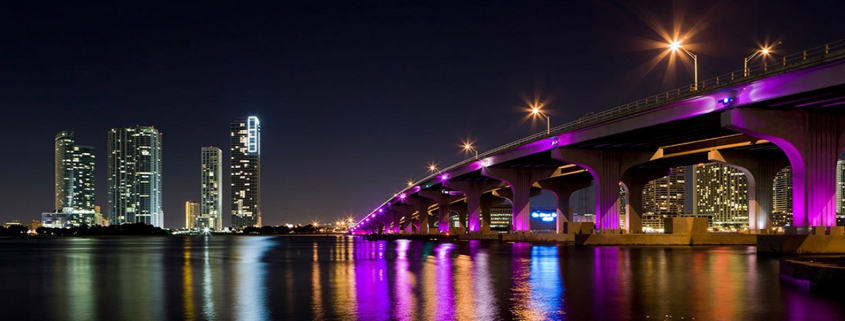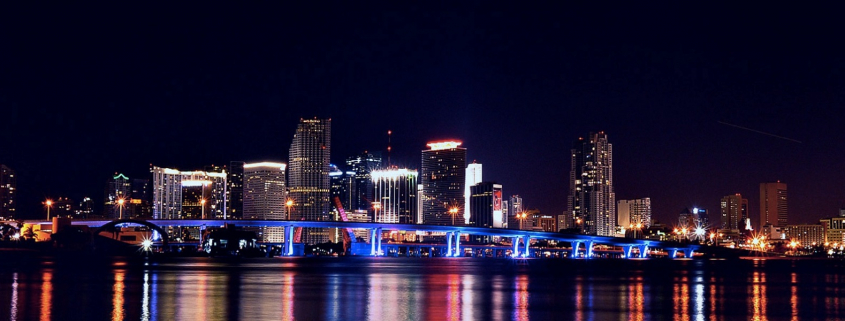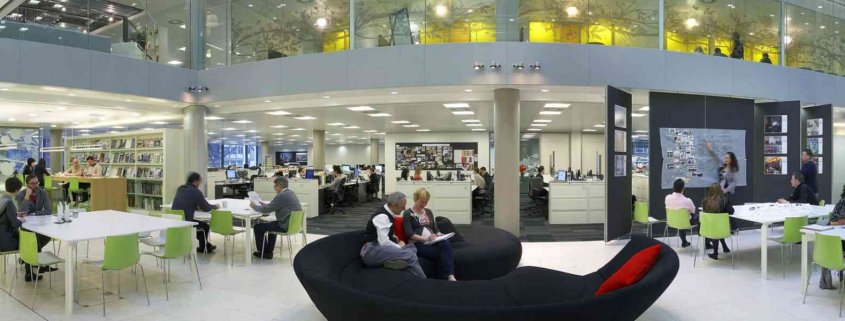It’s no secret that Miami has become one of the world’s most attractive markets for international investors.
South Americans in particular have had a heavy influence in local real estate as one of the main demographics snapping up properties throughout South Florida.
But data from CBRE, a commercial brokerage that tracks such international trends, indicates that one region of the world is poised to take a much larger role in South Florida’s real estate game and in the United States as a whole: the Middle East.

Miami Beach EDITION hotel
So far, buyers from the Middle East have stuck to high-profile properties in Miami. This was made evident in February with the Abu Dhabi Investment Authority’s acquisition of the Miami Beach EDITION hotel for an incredible $230 million. That sale accounted for the majority of the $280 million Middle Easterners have sunk into South Florida real estate during the first half of this year, according to CBRE data.

Plot on Indian Creek Island — highest price ever recorded for vacant land in the neighborhood
Also in February, a corporate entity linked to Saudi Royalty paid $23 million for a plot on Indian Creek Island — the highest price ever recorded for vacant land in the neighborhood.

St. Regis Bal Harbour hotel
Compared to last year, buyers from the Middle East have spent $37 million more on Miami real estate, CBRE data shows. The previous year saw Al Faisal Holding, a private company based out of Qatar, pay $213 million for the St. Regis Bal Harbour hotel, among other smaller transactions. However, in the context of the region’s historically large purchases, that increase does not necessarily translate to a large uptick in activity.
The evidence of this emerging trend instead comes from looking at the huge amount of money that the Middle East is pouring into U.S. real estate.
For the first half of 2015, the region spent $2.7 billion on real estate in the Americas, according to CBRE. That’s a significant chunk of the $11.8 billion total that investors from the Middle East have spent on global real estate during that time period, and CBRE expects that number to grow by another $2.4 billion by the end of the year. Most of that money comes from sovereign wealth funds.
“There’s no question that Miami has arrived as a primary market for investors worldwide, in the same league with other U.S. cities like New York, San Francisco and D.C., as this Middle East investment report suggests,” Quinn Eddins, CBRE’s director of research and analysis for Florida, said in a statement.
“The amount of foreign investment in South Florida office, retail and industrial product during the first half of 2015 alone was over $775 million – more than that of all the previous two years combined. If we factored in apartment, hotel and land sales, that number jumps to more than $1.2 billion. A lot of capital is still coming from Canada, Europe and Latin America, but there’s definitely an uptick in Middle Eastern and Asian investment – it’s an exciting trend that we’re tracking closely.”
South Florida was the fourth hottest market in the U.S. for Middle Eastern investment during the first two quarters of 2015. It stands to supplant the third spot belonging to Washington, D.C., which saw only $1 million more in transactions from the region. Above D.C. is Atlanta with $338 million in purchases so far this year, and New York in the top spot with $1.1 billion, CBRE data shows.
Source: The Real Deal







